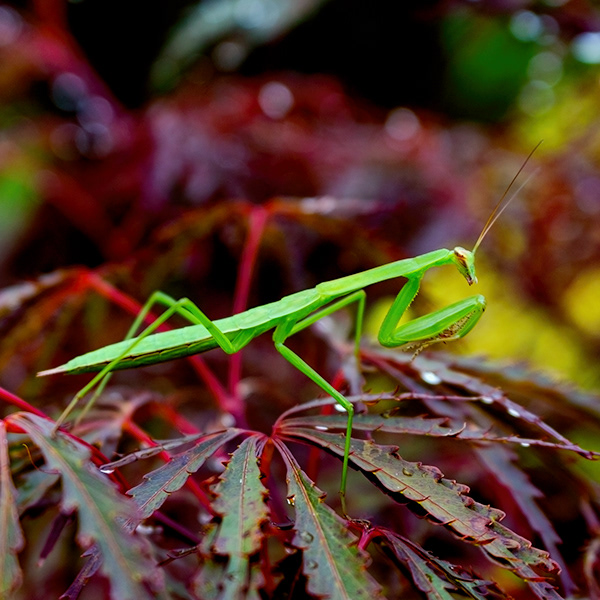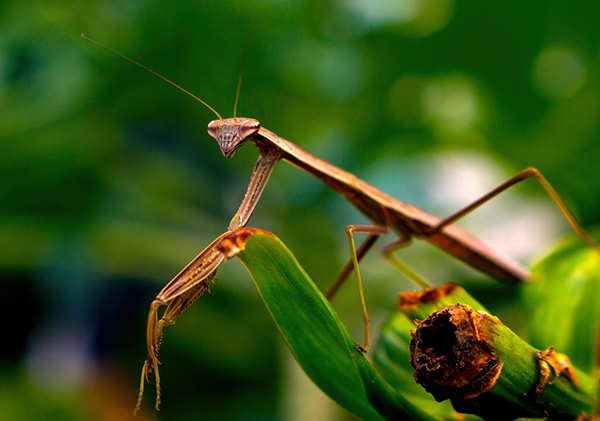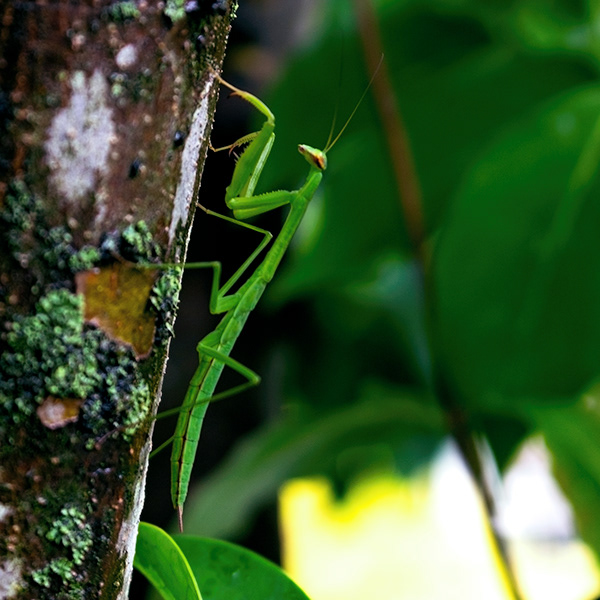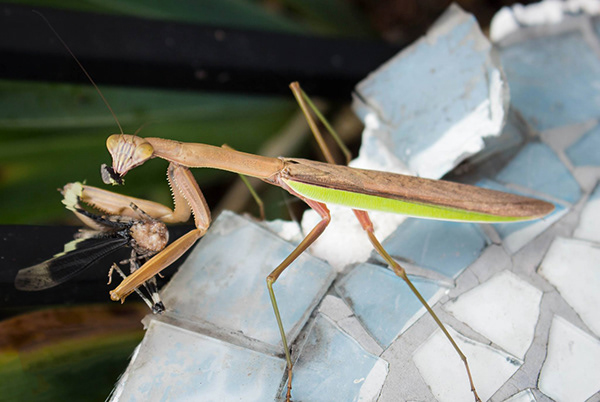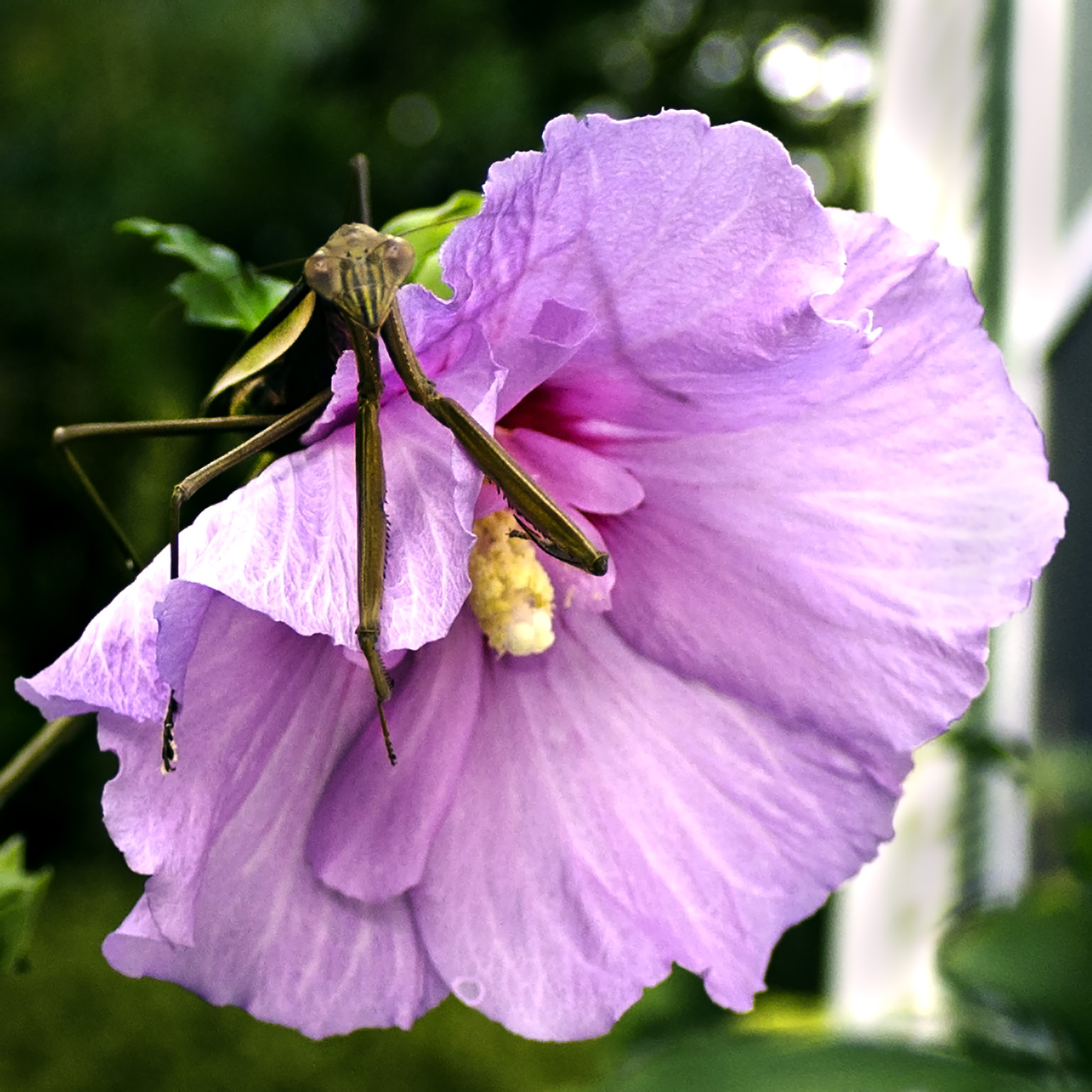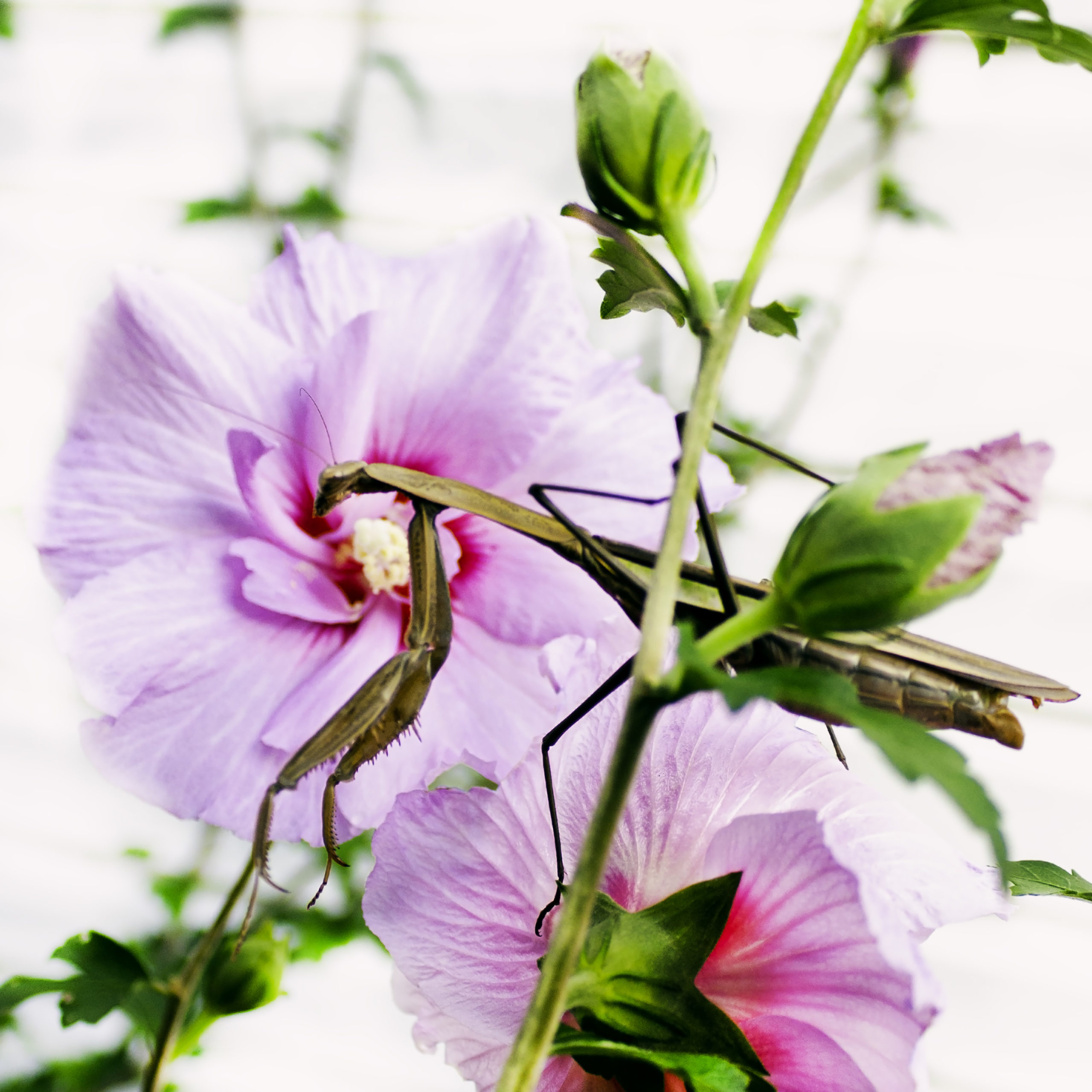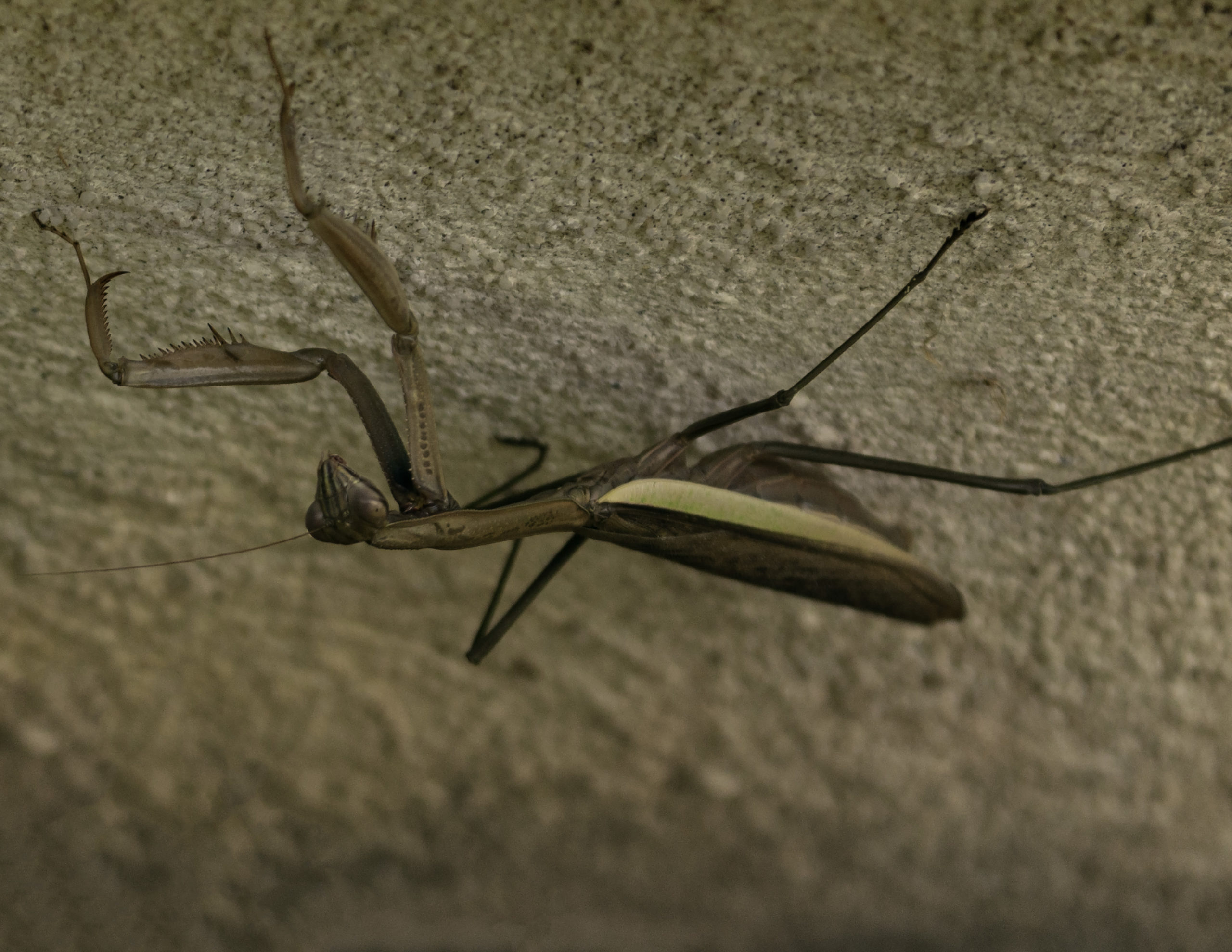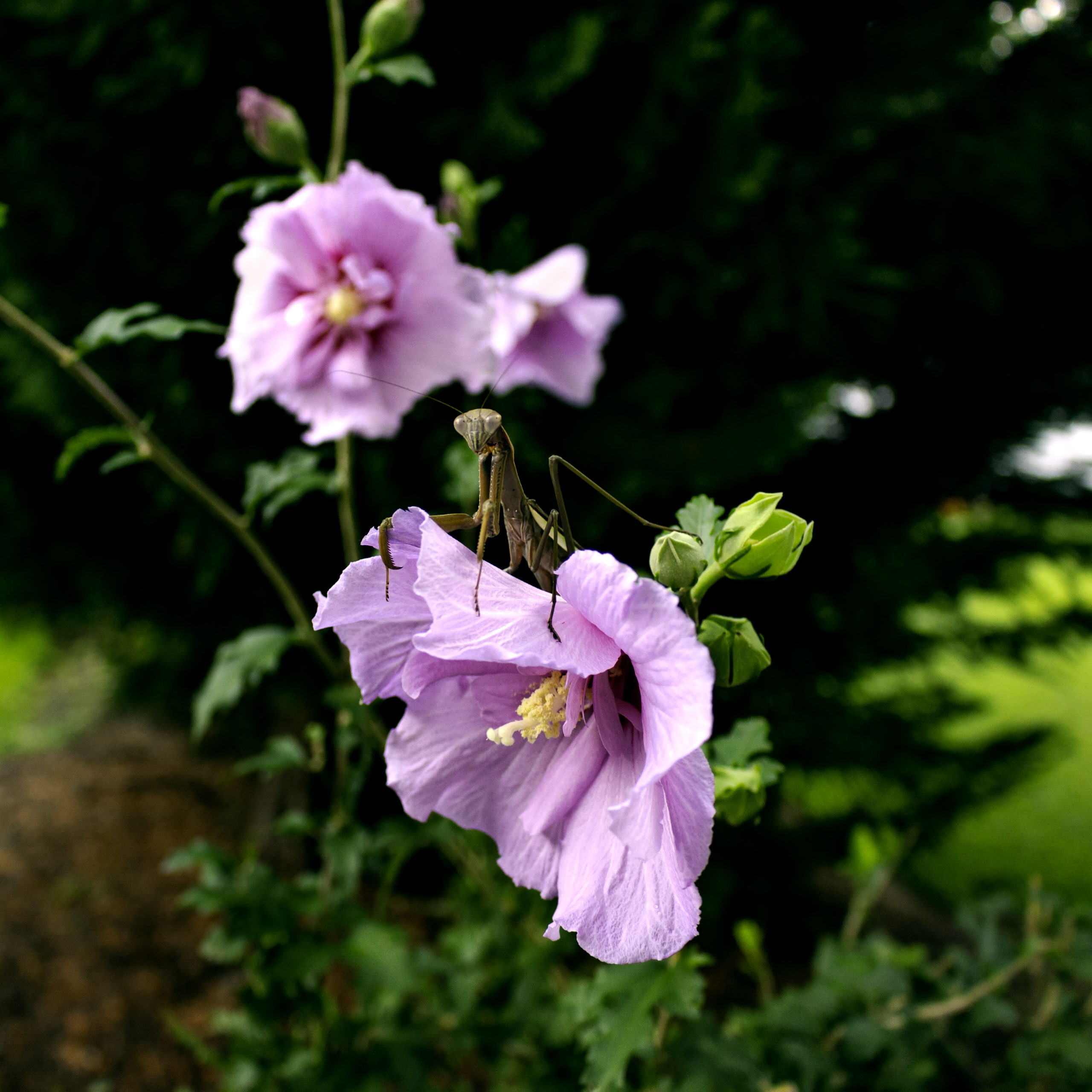Pine Barrens Snapshot
Praying Mantis
wildlife photography | praying mantis | pine barrens snapshot | research writing | Carolina praying mantis | Chinese praying mantis | European praying mantis | local wildlife photography | wildlife photographer | praying mantis photos
If you have been outside for any extended period of time then it is likely that you have seen these incredible hunters! Praying Mantises creatures are one of my favorite animals to photograph – they are fierce models! Despite being found all around the world, the mantis is far from mundane. The Pine Barrens is the native home of the Carolina Mantis, but you can also find the European and Chinese Mantis here. This insect plays a vital role in the local ecosystem. Now…if you’re not from NJ you might be wondering….what is the “Pine Barrens” anyway? Let me explain…
What are the Pine Barrens?
The Pine Barrens (aka the Pinelands or the Pines) is a large, beautiful, and possibly even supernatural forest found primarily in Southern NJ. It is currently the largest intact ecosystem of the Atlantic coastal region with some of the cleanest drinking water in America. Its name comes from the fact that the plant communities all grow in dry, acidic, nutrient-low, and sandy soil. Regardless, the land has a large variety of plants and animals that makes up its ecosystem. Most impressive of all is how it has remained mostly undisturbed despite being surrounded by urban sprawl (i.e. New York City, Philadelphia & Atlantic City). These mysterious woods are also the home of plenty of unique folklore from ghosts to devils.
The Praying Mantis
The praying mantis is a carnivorous insect with a striking appearance. They have been known to eat mostly other insects such as mosquitoes, crickets, and flies. Larger mantis have been seen hunting lizards, birds, and even mice as well. They hunt by standing still, blending into the environment, and waiting for prey to be close enough for them to grab. With their simple but effective camouflage (typically being green or brown), 5 eyes, and the ability to turn their head 180 degrees, they are perfectly suited for ambush hunting. Once in their grip, it is almost impossible to escape and the prey gets eaten alive.
Females are notorious for being cannibals by regularly eating their mates. While this isn’t guaranteed to happen during mating if the female is hungry enough she might take advantage of the vulnerable males. Because of this males have been seen providing their female of choice with a meal before attempting to mate with them. Mantis are sexually dimorphic, meaning males and females look distinctly different. In this case, the female mantis is typically much larger than the males and has fewer abdominal segments. On average they can grow from 2 to 6 inches long. Neither males nor females are known for being good parents; they just lay their eggs and go.
There was a rumor that has stuck around for decades now is that it is illegal in NJ to kill a praying mantis. However, this is false and they are not an endangered species. Nevertheless, the mantis is an important part of the local ecosystem and causes no harm to humans. They are nonvenomous and rarely ever bite. So unlike the spotted lanternfly, you are safe and encouraged to leave the beautiful praying mantis alone!

